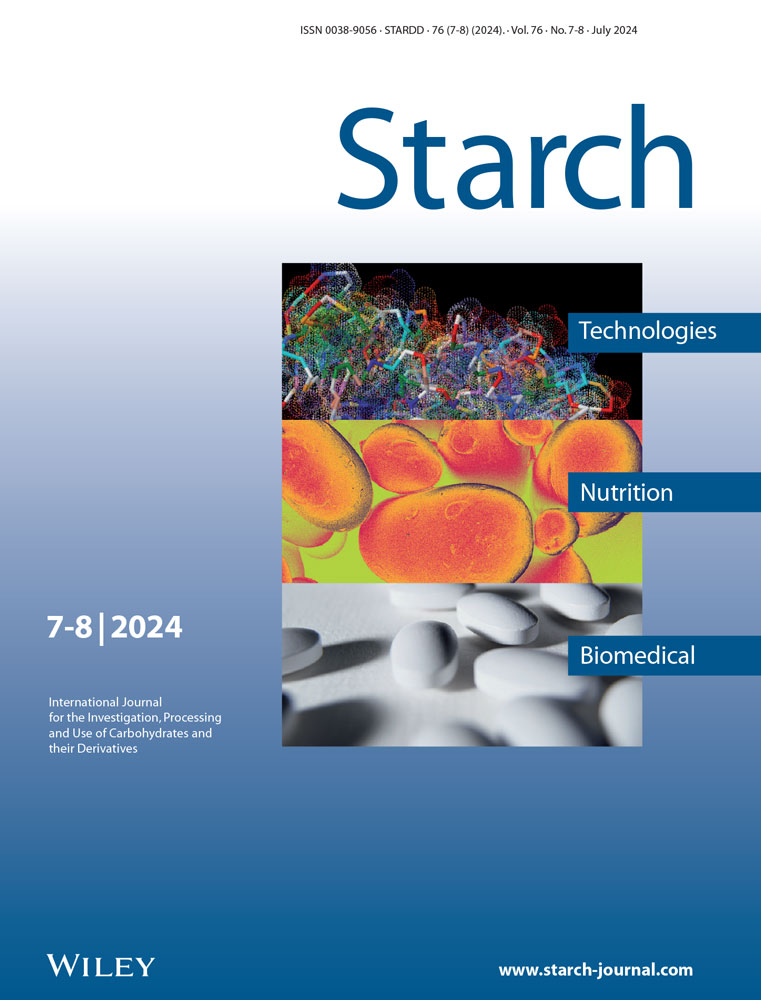Ultrasound Effect on the Hydrogen Peroxide Oxidation of Corn Starch, Molecular Structure, and Functional Properties of Obtained Starch Derivatives
Abstract
This study aims to determine the effect of ultrasound on the oxidation process of starch, molecular structure, and its functional properties. Corn starch is oxidized by hydrogen peroxide (with Cu(II) or Fe(II) ions as catalysts) in the ultrasound field. Changes in starch structure are identified based on determinations of the carboxyl, carbonyl groups, copper, iron content, molecular characterization by GPC, crystallinity, gelatinization characteristics, and surface area. Functional properties are determined based on analysis of color parameters, water binding capacity, solubility in water, and pasting characteristics. It is found that the effectiveness of the starch oxidation under ultrasound is affected by the presence and type of catalysts. The content of metal incorporated into starch during oxidation is approximately 15% lower when an ultrasound treatment is applied. When starch oxidation is assisted with ultrasound, the metal incorporation preferentially occurs in the pores and holes of the grain. Starches oxidized in the presence of Fe(II) and Cu(II) catalysts can be successfully used not only as thickeners in food industry but also as metal carriers in many industries.
Conflict of Interest
The authors declare no conflict of interest.
Open Research
Data Availability Statement
The data that support the findings of this study are available from the corresponding author upon reasonable request.




